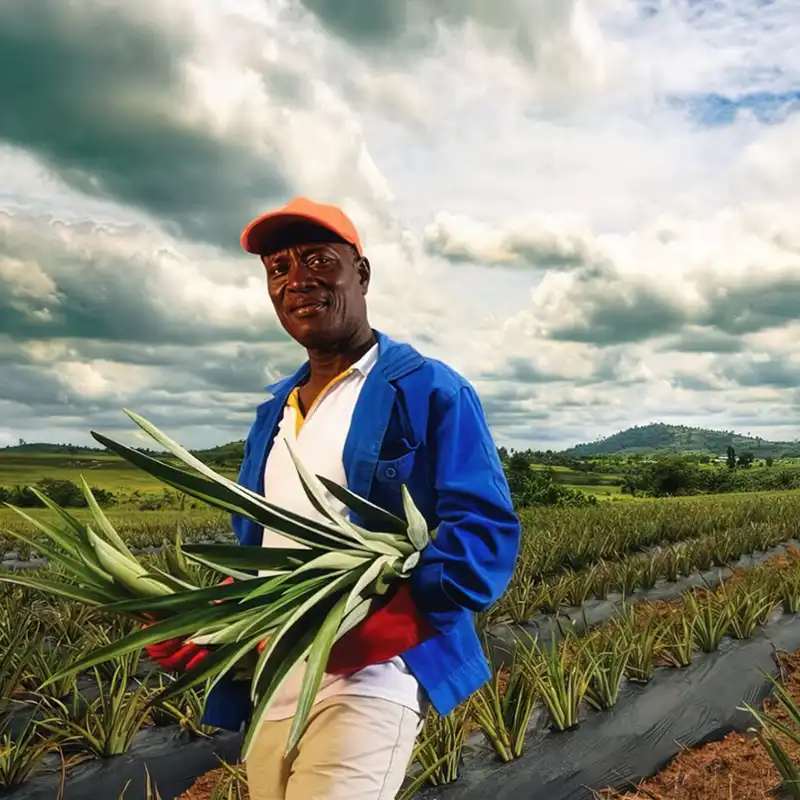The sprawling metropolis of São Paulo, a city of roughly 12 million, is one of the largest not just in the Southern Hemisphere, but globally. Here, concrete towers pierce the smoggy sky, and hordes of people navigate endless streets of gray; a concrete jungle, one would call it. But one man dared to dream of the city in shades of green. Helio da Silva, a retired food industry executive, spent over two decades quietly changing his corner of Brazil's largest city, not armed with much.
Dubbed ‘Crazy Helio’ by skeptics, this 73-year-old retiree, equipped with a little more than his belief in the power of trees, has by himself planted more than 40,000 trees, transforming the once crime-ridden wasteland into the magnificent Tiquatira Linear Park. How did he do it? Determination and an idea that others even felt bordered on insanity.
An Idea Born From Despair
In November 2003, as Helio took his regular morning walks with his wife, Leda, in their neighborhood in the East Zone of São Paulo, what they saw was not inspiring. It was heartbreaking: a 3.2-kilometer stretch of degraded land along the Tiquatira stream, littered with garbage and frequented by drug users and dealers. The area, wedged between two busy avenues, had become a symbol of urban decay—a forgotten corner of a city that seemed to have lost its connection to nature.
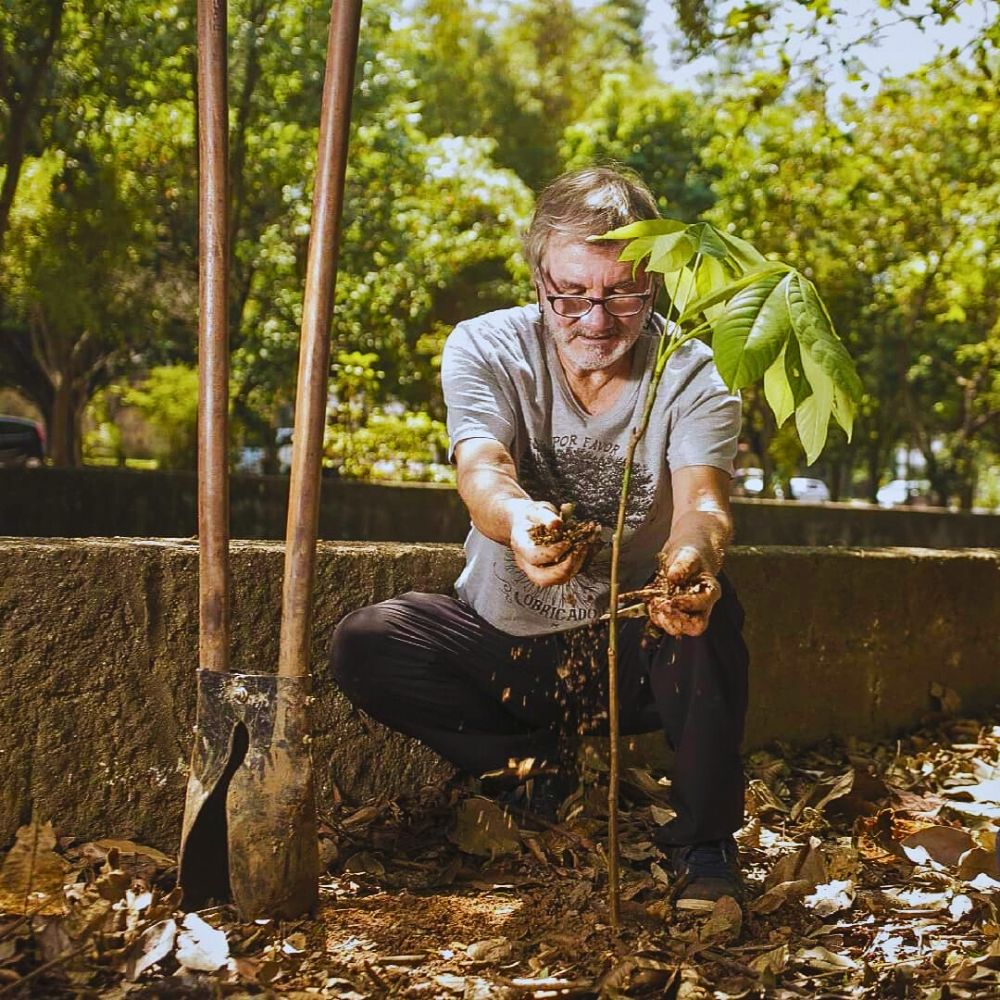
Helio, originally from the small town of Promissão, about 500 kilometers from São Paulo, had moved to the big city decades earlier seeking opportunity. But walking through this desolate landscape now, he felt obliged to give something back to the city that had welcomed him.
Helio da Silva:
"I wanted to leave a legacy to the city that hosted me. I started and never stopped."
Through research, he discovered that the region had once been part of the Atlantic Forest, which is one of Brazil's most biodiverse ecosystems. He believed that if he planted native species, the soil would recognize them and vice versa, quite like something etched in memory. This understanding of the land's ecological memory is what guided him in planting the park located in São Paulo's Penha neighborhood.
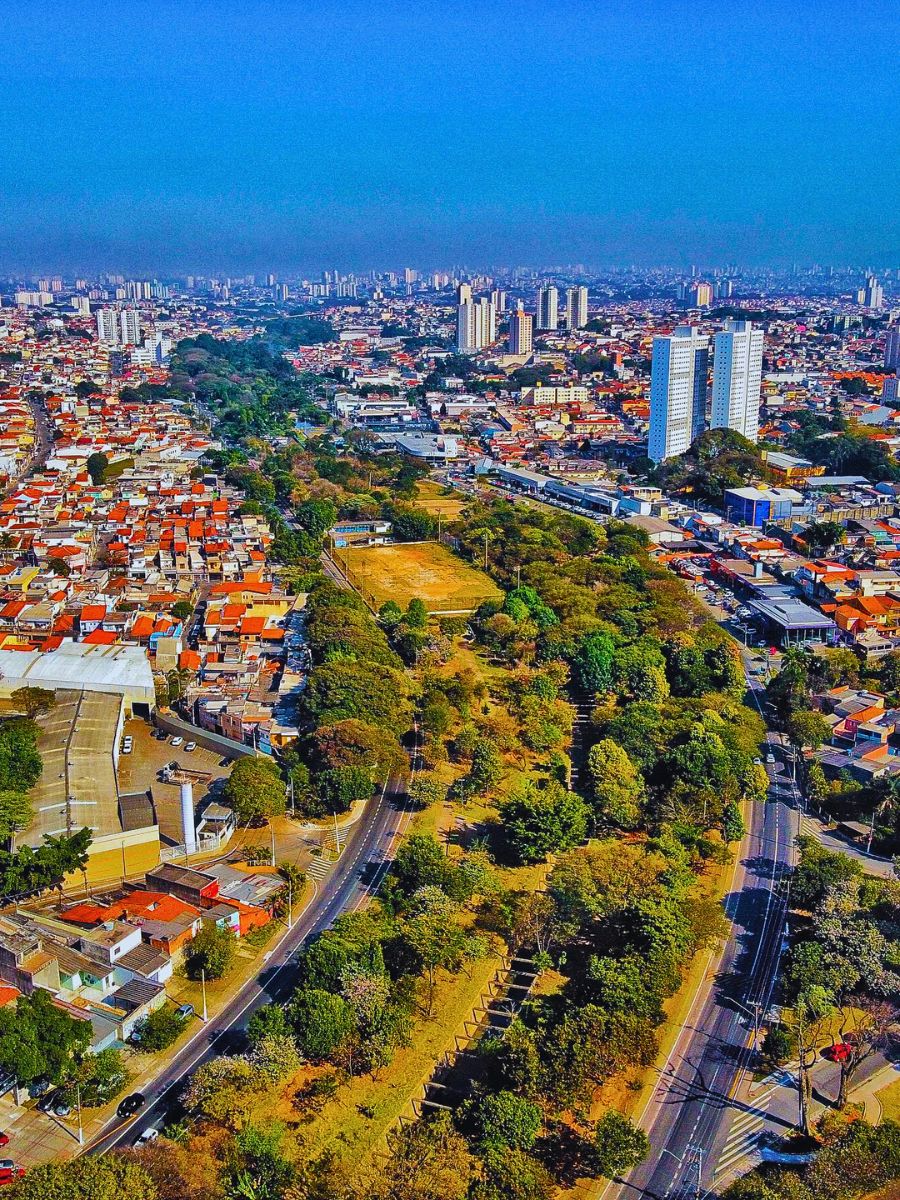
The Making of an Urban Forest
Helio did not wait for permission or fanfare; he dove in with grit, armed with his savings and a single seed from a majestic jequitibá tree—a symbol of the Atlantic Forest's resilience—he began in that same forsaken spot, and bought some 200 Atlantic Forest saplings with his own money, spending 800 Brazilian reals at nurseries in Limeira.
Each planting was precise yet intimate: he'd dig a modest hole, snuggle in a cutting or sapling, and nurture it with water and care, spending about ten minutes per tree. He chose diverse species, over 170 in total, blending native giants with fruit-bearers like figs and peaches to invite wildlife. Every weekend became sacred for him, a ritual where he'd prune branches, compost fallen leaves, and generally tend the trees.
His routine involved walking among his trees, occasionally stopping to hug a trunk or point out what he called ‘families of trees from great-grandfather to great-grandson’. He also carried photo albums documenting the transformation of the land and even murmured encouragements to his growing charges in hushed tones, lest passersby revive the ‘crazy one’ label that dogged his early days.
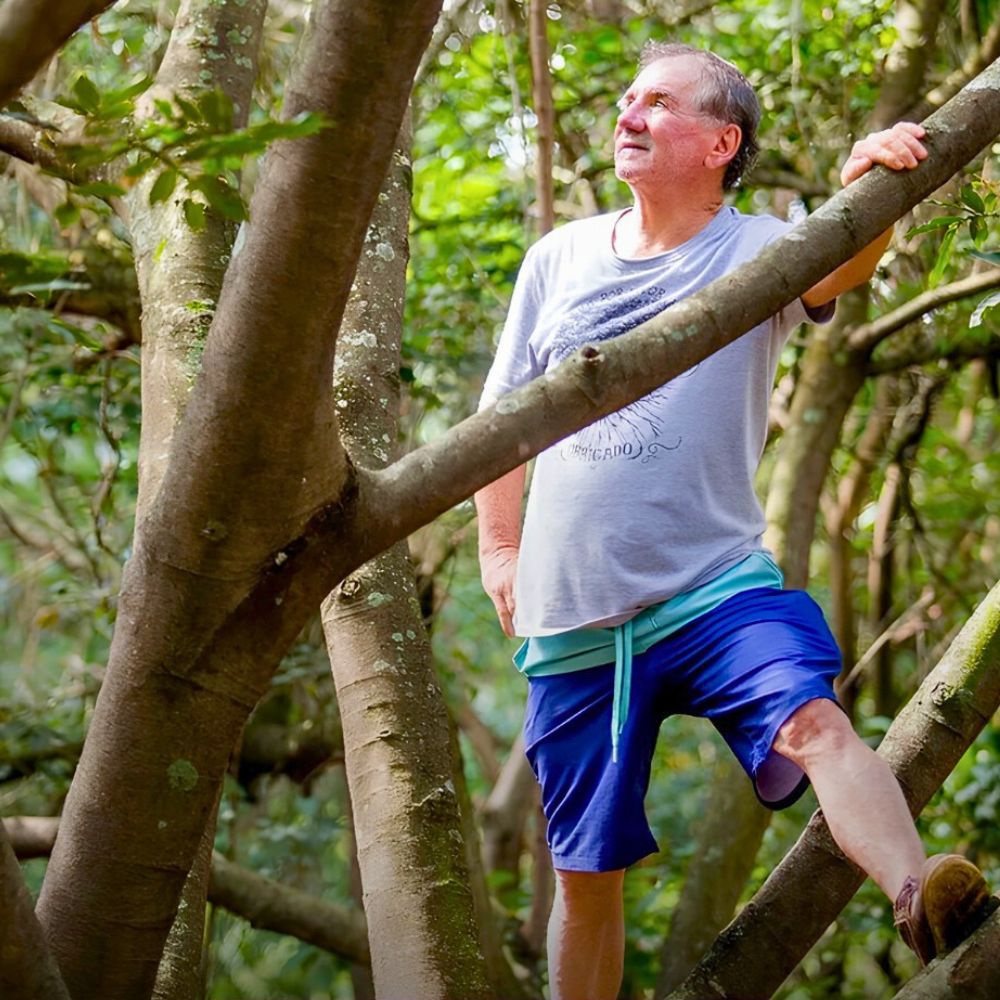
But his path was not smooth. Early on, a local businessman bulldozed his fledgling plants, erasing weeks of work in a heartbeat. The local businesses feared that the trees would interfere with their operations. But he bought twice as many saplings and planted them again. When those, too, were destroyed, he planted even more. Cynics mocked him, and the solitude weighed heavily—no volunteers at first, just him against the elements. He poured in his own money, averaging around $7,000 a year, sourcing cuttings from nurseries and wild spots without a dime from grants.
Yet it all paid off. By 2007, with 5,000 trees standing tall and an impressive 88% survival rate, the city took notice, officially dubbing it Tiquatira Linear Park—São Paulo's first of its kind. Stretching 3.2 kilometers long and 100 meters wide, it contains over 40,000 trees from 160 different species. The municipal endorsement protected this growing forest and legitimized his grassroots conservation effort. This nod brought subtle allies: agronomists offered tips, landscapers shared expertise, and the municipality added paths, benches, and playgrounds.
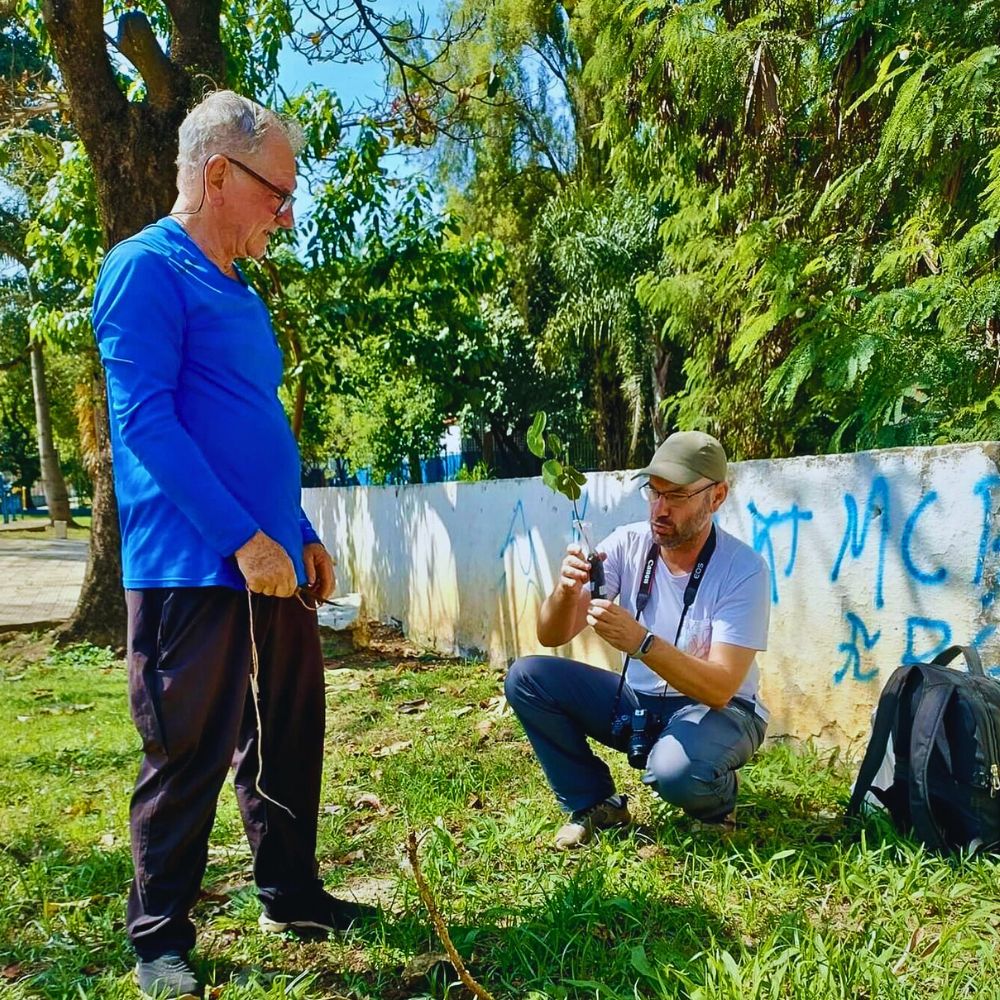
Helio pressed on, hitting 25,000 trees by 2020 and surpassing 40,000 today, all while eyeing a total of 50,000. His approach developed from solo toil to a subtle pack. His policy remained both scientific and personal. He treated his trees like his children, providing them with proper care, watering, and protection. For every twelve trees he planted, one was a fruit-bearing species designed to attract birds and wildlife. This deliberate approach to biodiversity has been successful—the park hosts more than 45 species of birds according to municipal records.
The Ripple Effects of This Urban Reforestation
Tiquatira Park today tells of the magic that Helio conjured. What was once a barren eyesore now beats with life—a green corridor where temperatures dip noticeably cooler than the surrounding asphalt jungle, offering relief from São Paulo's sweltering heat waves. Birds dart through the canopy, many returning after vanishing from the area since the early 20th century.
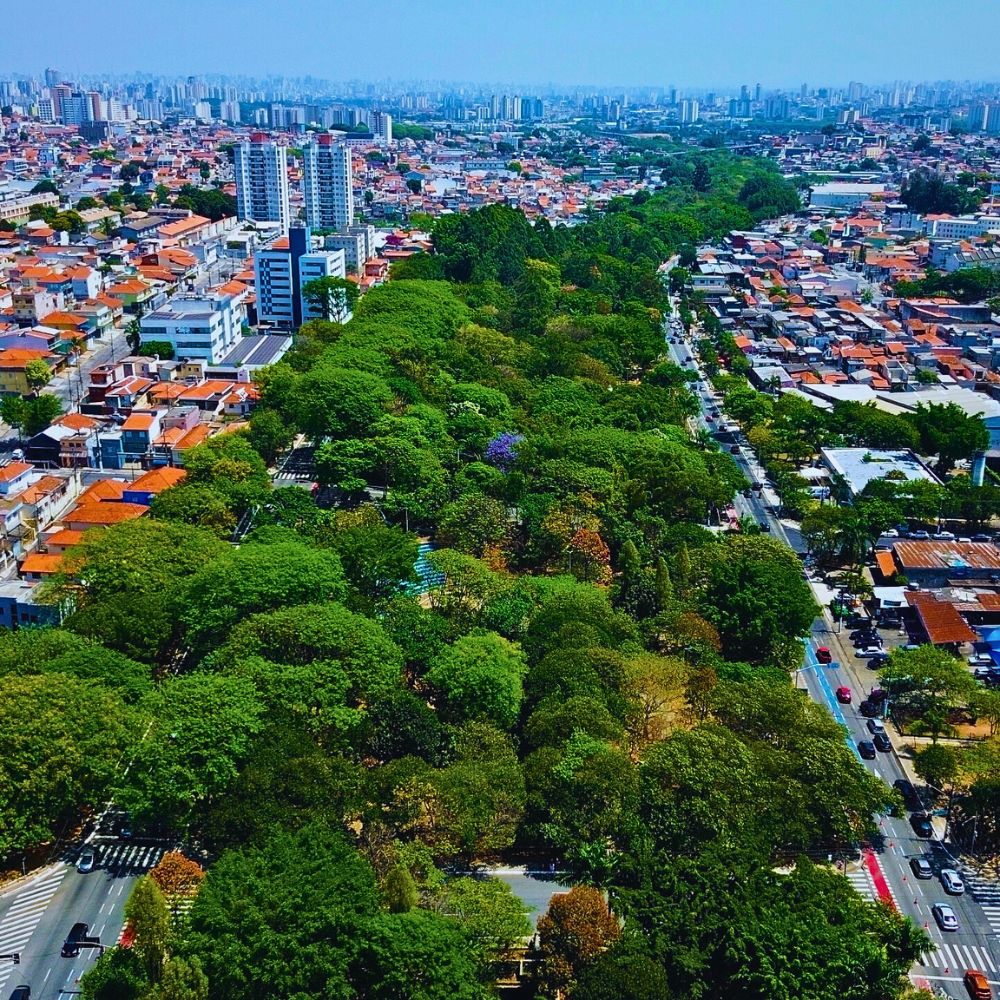
Wildlife rustles in the undergrowth, drawn by the fruit-laden branches, while the trees' roots grip the soil, staving off erosion and soaking up 40% of heavy rains that once flooded nearby streets. Urban trees, essentially, have been documented to absorb rainfall, with a single medium-sized tree capable of soaking up as much as 2,380 gallons of rain per year. In a city prone to flooding, this natural infrastructure helps prevent the dangerous runoff that can overwhelm drainage systems.
For Helio, the benefits run deeper than ecology. The park has knit the community closer, turning a danger zone into a place where people take daily strolls, calling it a pleasant change. The park also exemplifies how such spaces educate the next generation—envision outdoor libraries where kids learn that planting ideas matters as much as digging holes. Helio himself finds joy in the daily tending, a meditative practice that keeps him energetic. His investment ripples outward: cleaner air eases the city's pollution woes, and the green space inspires copycat projects.
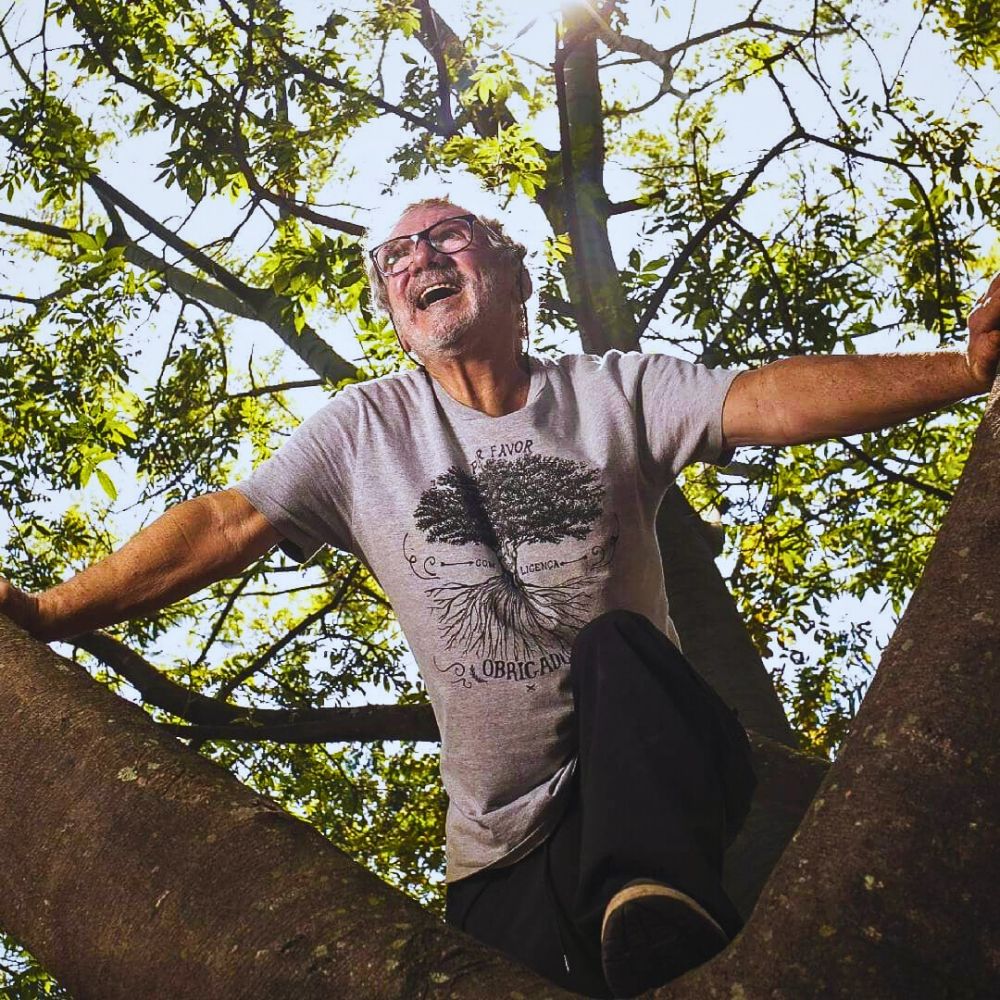
The Wider Idea of Urban Forests as Climate Solutions
Helio’s achievement exemplifies the great potential of urban greening initiatives. Scientific research consistently reveals that urban forests provide many co-benefits beyond carbon sequestration. The mental health benefits alone are substantial; imagine the mental balm. Studies show proximity to trees and nature cuts stress, anxiety, and depression while improving cognitive function. It also boosts creativity and nurtures community bonds. Children in tree-rich neighborhoods show better academic performance, and elderly residents in areas with higher tree cover report fewer depressive symptoms.
Trees in urban environments also provide important ecosystem services that directly impact human health and environmental quality, while urban forests improve air quality by filtering pollutants like nitrogen dioxide, sulfur dioxide, and particulate matter. A single mature urban tree can absorb between 10 and 40 kilograms of carbon dioxide annually while intercepting up to 4.5 kilograms of pollutants, including dust, soot, and smoke.
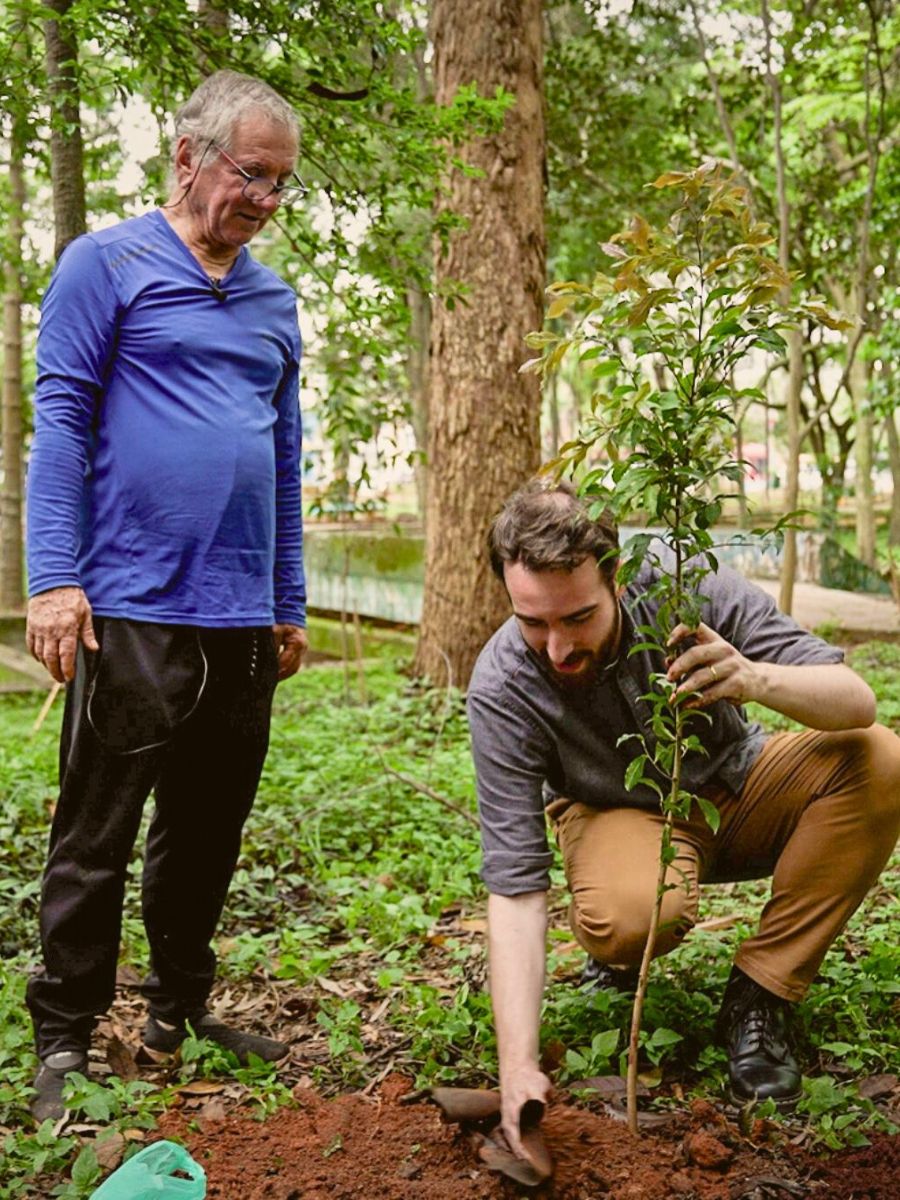
The biodiversity restoration achieved at Tiquatira also shows how individual urban forests can be crucial habitat corridors. The park's success in attracting varied bird species speaks to why strategically planted urban forests can support wildlife even in highly developed areas. This is particularly significant in São Paulo, where the original Atlantic Forest ecosystem has been largely destroyed by urban expansion.
From an economic perspective, urban forests deliver significant returns on investment. Research shows that trees provide air quality improvements valued at millions of dollars annually, while their cooling effects reduce energy consumption and associated emissions. European studies suggest that greening 35% of urban surfaces could reduce building cooling energy demand by up to 92 terawatt-hours per year while providing economic benefits worth hundreds of billions.

Trees also reduce urban temperatures through evapotranspiration and shading. Vegetated areas can cool the surroundings by several degrees Celsius. This natural air conditioning is especially crucial as cities face increasingly severe heatwaves due to climate change. Temperature regulation also helps reduce ground-level ozone formation, which typically increases in hot weather.
Understanding the Science Behind Urban Forest Benefits
The scientific evidence supporting urban reforestation initiatives like Helio's is enormous. Science proves that urban trees directly remove air pollution through deposition on leaves, needles, and bark, while indirectly improving air quality by reducing energy consumption in buildings. The US Forest Service reports that urban forests in the U.S remove thousands of tons of ozone, gaseous air pollution, and particulate matter annually.
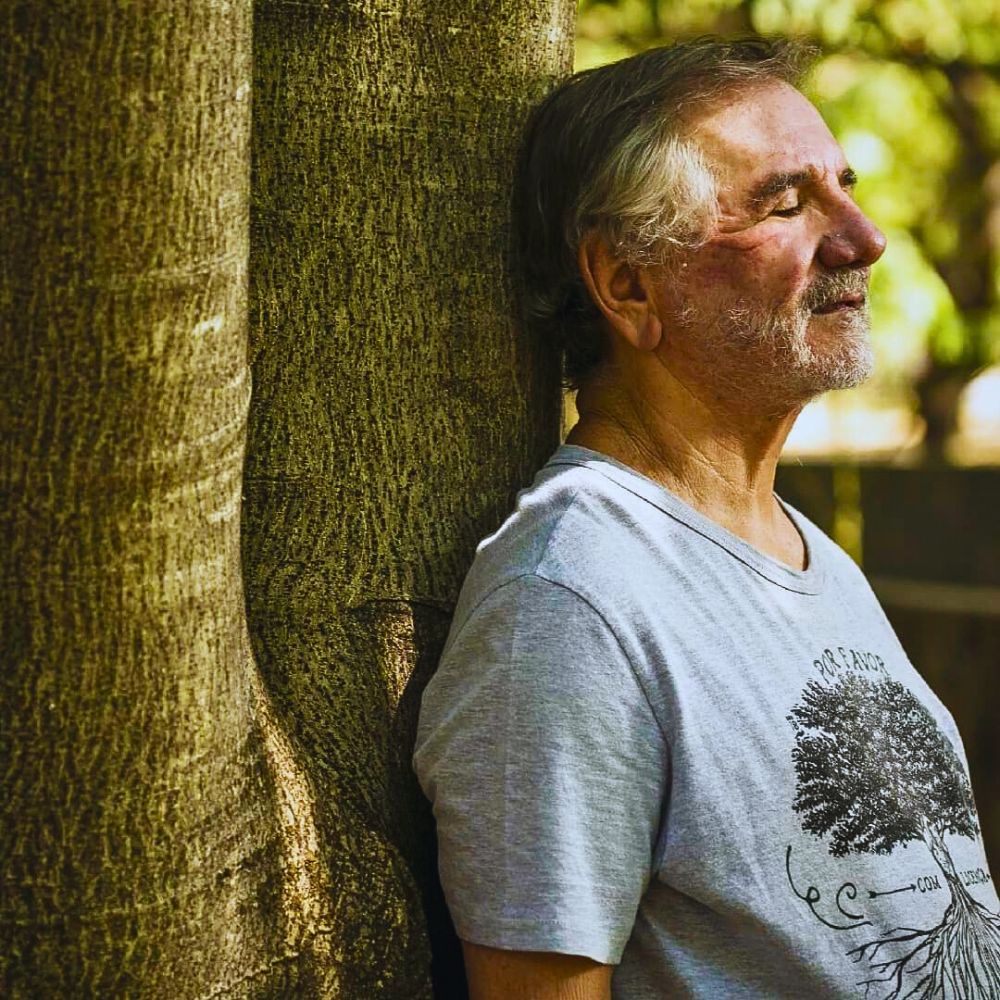
The cooling mechanisms of urban forests are particularly refined. Trees provide shade that directly reduces surface temperatures while releasing water vapor through transpiration—essentially nature's air conditioning system. The cooling effect helps check the urban heat island effect, where cities become significantly warmer than surrounding rural areas. Low urban temperatures have flowing benefits, including reduced energy demand for air conditioning and slower ground-level ozone formation.
Urban forests also provide crucial hydrological services. Tree canopies intercept rainfall, reducing flood risk while filtering pollutants from stormwater runoff before it reaches water bodies; a natural filtration system that helps protect water quality while reducing the burden on municipal drainage infrastructure.
A Model for Urban Reforestation
Today, as São Paulo grapples with acute pollution and extreme weather events linked to climate change, Tiquatira Linear Park shows how cities can be reimagined as places where nature thrives alongside human activity. Every city has its degraded spaces: forgotten riverbanks, corners where opportunity awaits one valiant enough to notice it—and perhaps more importantly, green and nurture it.
Feature image by @parquetiquatirasp. Header image by @aquadrajornal. Video by @plantadordearvores_.






